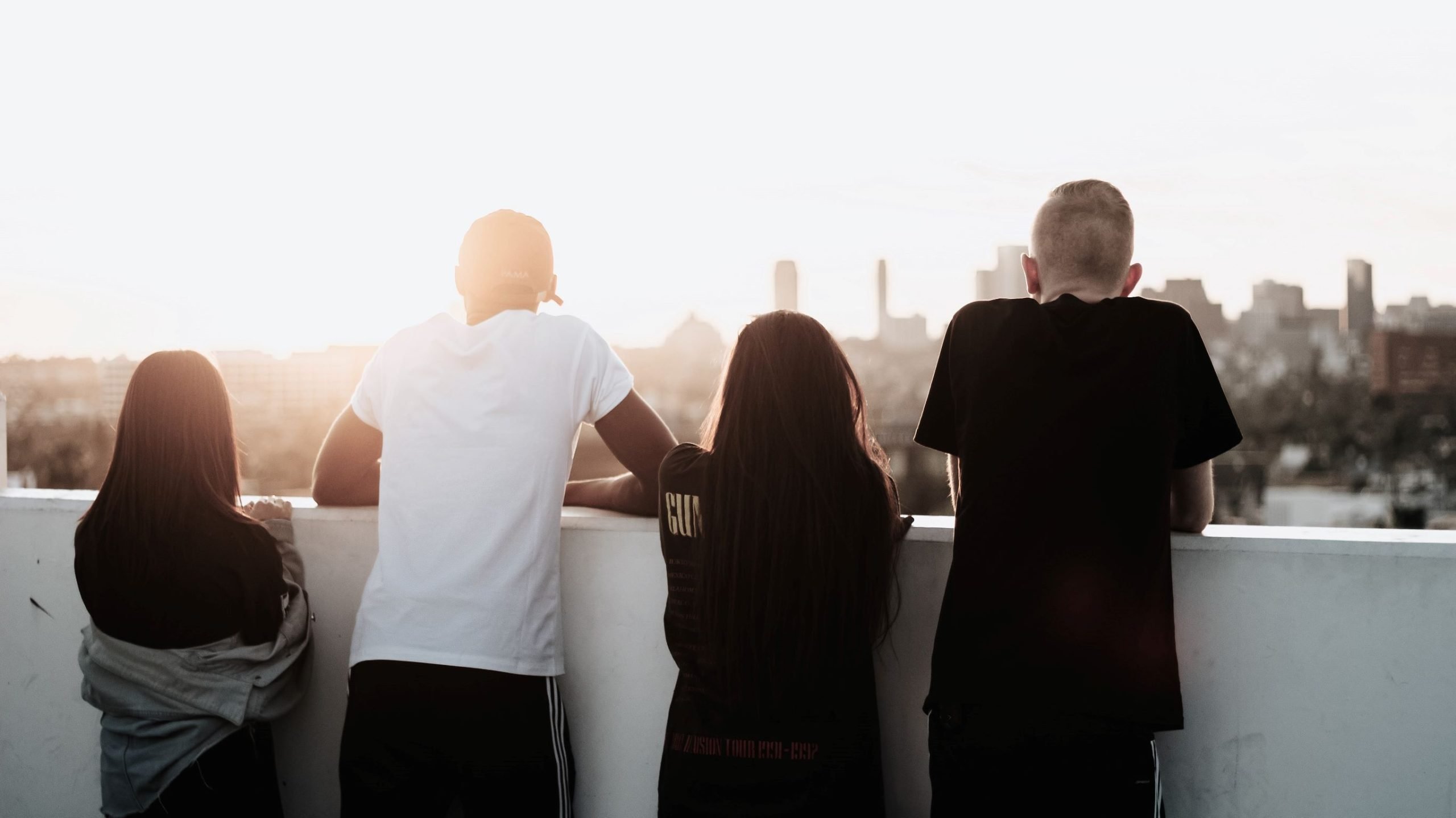
Luca Brocca
Just Access Representative to the UN Convention Against Corruption
Our legal intern, Luca Brocca, discusses the importance of youth activism events and organisations and how they contribute to improve access to justice. In this blog post, he suggests that “more attention should be paid to student-authored resolutions and documents at the national and European level.
Across Europe, youth activism programmes are organised to raise awareness of global issues and inspire the young generation of open-minded citizens. Events and organisations such as the United Nations, the YounG7 and the European Youth Parliament (EYP) are some of the most well-known projects today.
As a linguistic high school graduate student, I had the opportunity to take part in many events all over Italy and Europe, where I had to deal with global problems and find solutions in intercultural groups of young students like me. Apart from the opportunity to develop my public speaking and teamwork skills, I was able to learn how the diplomatic world works in concrete terms and understand how some of society’s most current problems, such as corruption and climate change, are addressed in practise. I also made some important friends I still keep in touch with. It’s incredible how much you can become friends with someone while discussing the most important issues in the world. The need for strong collaboration and working as a group has allowed me to get to know some people I had never met before.
From another perspective, I can say that the existence of these projects is of enormous importance in improving access to justice, as I will try to explain in this blog post. Indeed, making students aware of this issue at an early stage can help to achieve one of the most important goals of access to justice, namely spreading awareness. As I explained in another blog post on e-justice, there are currently a variety of tools that can facilitate access to justice, but some people may not know this. Spreading awareness of how the most important issues in the world today actually work will also make students more aware of how justice can be achieved in a concrete way. When I entered the world of diplomacy at a very young age, I could immediately understand how access to justice could be improved, for example for victims of corruption or natural disasters. As I will argue in this blog post, events like the ones I participated in should be promoted more and more by the relevant institutions, such as schools, to ensure that students understand at a very young age how the world and access to justice can be concretely improved. Let us not forget that today’s young people are tomorrow’s world leaders.
The Model UN
Model United Nations is an academic simulation of the United Nations where students take on the role of delegates from different countries and try to solve real world problems with the policies and perspectives of their assigned country. During the Model UN I was able to improve my skills, such as public speaking and the ability to research in depth the position of the country I was representing. Over the past five years, I have had the honour of representing the US, Libya and Australia, dealing with various global issues.
The Model UN that I found most interesting was probably the one on corruption and modern tools to fight it. As Australia’s representative, my main task was to propose new ways to fight corruption in the most affected countries. Although in a Model UN the main task of a delegate is to find common solutions and work as a team, this is not always possible. During our committee work, we found that different delegates had different views on how corruption should be tackled. This was, in my opinion, the best case you can find in a model UN: we do not live in a world where all countries have the same view on how a certain problem should be tackled and there is always some disagreement on how to find the right solutions. Therefore, I found myself in a debate that was very similar to a Socratic one, where I tried to put forward arguments and at the same time put forward counter-arguments against countries that had strongly different view than mine. I tried to impose the Australian model of anti-corruption on all delegations of this committee, and this is exactly what happens in “real life” during a debate of UN. At the end of the debate, some delegates had to agree to a “resolution paper” (i.e. a document containing the common solutions to the problem at hand) with which they were not entirely satisfied. It was a matter of finding compromises and working together with those who had a more similar view to mine, even if it was not the same. In a globalised and pluralistic world like the one we live in, compromises have to be found to make life as harmonious as possible.
Specifically, we could see that the countries where access to justice was more hindered by corruption were in stark contrast to countries like Australia where corruption did not have such a strong impact on society.
Thanks to this model UN I was able to take a closer look at the impact of corruption in the societies of our world. In the committee, we defined corruption as a threat to democratic sustainability. When the institutional framework for building a democratic government is not in place because of corruption, the political stability of a country suffers. A dictatorship can be established, with all its negative consequences for the enjoyment of human rights. The result is a society with low self-esteem and little or no integrity.
In the conclusions that I drafted together with the delegations of the countries that share my view, we stressed that the challenges of corruption must be addressed with due seriousness. Despite earlier remedial measures, corruption is worsening and assuming alarming proportions. It was encouraging to see that countries allied with Australia during the debate have put in place strong anti-corruption mechanisms to tackle the problem at the national level. We therefore called on all other countries to address the issue by making it a priority in their national affairs and proposing better cooperation at the international level to achieve better results. Indeed, during the debate, we found that this problem cannot be solved only through stricter measures at the national level. We have found that a closer international community is needed to fight corruption more effectively.
The YounG7
The YounG7 is a student simulation project of G7 negotiation work that functions very similarly to the Model UN. The YounG7 is also a global awareness project for young students and serves as a training ground for mediation and comparison. It is an international cooperation project in which seven delegations representing the members of the Group of 7 and a representative of the EU Commission and Council discuss world issues
Thanks to this project, students can understand not only the importance and influence that these seven countries have on the world, but also how to address the problems that the G7 discusses in a cooperative way
The YounG7 event that I personally found most interesting was the one where I discussed the management and prevention of natural disasters and where I represented the delegation of Chile together with two other fellow students. It was interesting to see how Chile, which was the only country on the committee that was not part of the G7, was able to contribute to the debate. All discussions had to take into account the special situation of Chile, which does not have the same resources as the G7, mainly for economic and political reasons. Therefore, more teamwork was needed and good solutions were found despite all the obstacles we encountered during the debate
During the discussion, we realised that the importance of “environmental justice” seems to be sufficiently but not fully recognised in the international community today, as I also pointed out in the blog post on access to justice in environmental matters1. While disaster-related issues can fall within the scope of environmental law, it does not cover all phases of disasters, and disaster-related cases require specific analysis that is not always common in other environmental matters. For this reason, the focus of YounG7 was on natural disaster management and prevention, as we recognised the importance of addressing this issue at an early stage, before a natural disaster occurs
Although natural disasters affect some countries more than others, they should never be underestimated, especially in light of the current climate crisis. It is noteworthy that the resolution paper, which was jointly drafted by all delegations, repeatedly refers to the need for cooperation. This has nothing to do with redundancy, but with the fact that we needed to stress the importance of strong international cooperation between the world’s largest countries to address a problem that is indeed global.
The European Youth Parliament
The EYP is a peer-to-peer education programme that brings together young people from all over Europe to discuss the pressing issues of our time. The mission of the EYP is to “inspire and empower a young generation of informed, open-minded, responsible, and active citizens that shape society and drive impact”2. In my opinion, these words perfectly describe what the EYP does in concrete terms, as I was able to experience in Finland in May 2022. By bringing together young people from different backgrounds, I found myself in an incredibly intercultural context that gave me many important friendships. All participants came from different countries, had a different education and a different perspective on how to solve the problems that were proposed during the event. However, there was one point that we all had in common: Europe. Europe was the central pivot that united me and all the other participants in my committee. Therefore, the solutions we tried to find for the problems proposed to us had to be seen from a European perspective.
In the INGE committee, I was able to reflect and discuss the problems that disinformation causes in the EU. We looked at the issue of disinformation from quite a broad perspective: We looked at the disinformation that originates and is spread within the EU, as well as the disinformation that comes from third countries, which is probably the most dangerous. We found that it is mainly private entities such as companies that spread false information, for instance in cases of greenwashing, in the hope of financial gain and to disguise the true nature of their products or services. This results in EU consumers not fully knowing what they are buying or how the products are made. We also took a closer look at the people who are most vulnerable to fake news, namely the elderly. Although older people are more experienced and therefore usually wiser, ageing can lead to a lack of critical thinking. Older people do not necessarily know how to recognise a reputable source, or they simply do not check the facts
To give our discussion a legal perspective, we have also focused on the relevant human rights that are most affected by fake news in Europe. For example, the COVID -19 pandemic pitted freedom of expression (CFREU Article 11) against the right to health (CFREU Article 35). Another fundamental right affected by fake news is the principle of non-discrimination, as several fake news focus on certain groups in society, especially minorities.
These and other rights and principles are enshrined in various sources that need to be taken into account in the fight against disinformation in Europe. The most important are the constitutions of the member states, the CFREU, the ECHR and the general principles of EU law.
By sharing our different perspectives on what we knew and learned during these three days, the INGE Committee came up with a list of possible solutions, which was very much appreciated by the rest of the General Assembly.
This experience in Finland not only gave me a better understanding of important issues that affect all countries in Europe, but also made me feel more European than ever. I realised that Europe is not defined by geography, but that it is in our culture and in our minds, and that we are all connected by it. I have never felt so welcomed and heard as I did in Finland and I will be forever grateful to EYP for creating such great opportunities for European students.
Conclusion
All the opportunities provided by the organisations I have mentioned are important in improving access to justice. By raising awareness in such a concrete way, young students from all over Europe can take a closer look at the most important issues currently facing our world and understand how best to tackle them. Raising awareness of the various issues that these organisations focus on is in itself a direct component of access to justice, which includes access to information to express one’s opinion.
In my personal experience, knowledge and awareness of access to justice is greatly enhanced by the activities of these organisations alone, regardless of their actual impact on national and international laws. I think that programmes like the Model UN, YounG7 and EYP should be further promoted in Europe to improve access to justice and raise awareness on how we can concretely enhance it. Furthermore, I personally believe that more attention should be paid to student-authored resolutions and documents at the national and European level. These documents are the result of thorough research by very young people who, even though they may not have the technical skills to find the best possible solutions, can reflect the view of the future generation of Europe, which should be given more importance.



